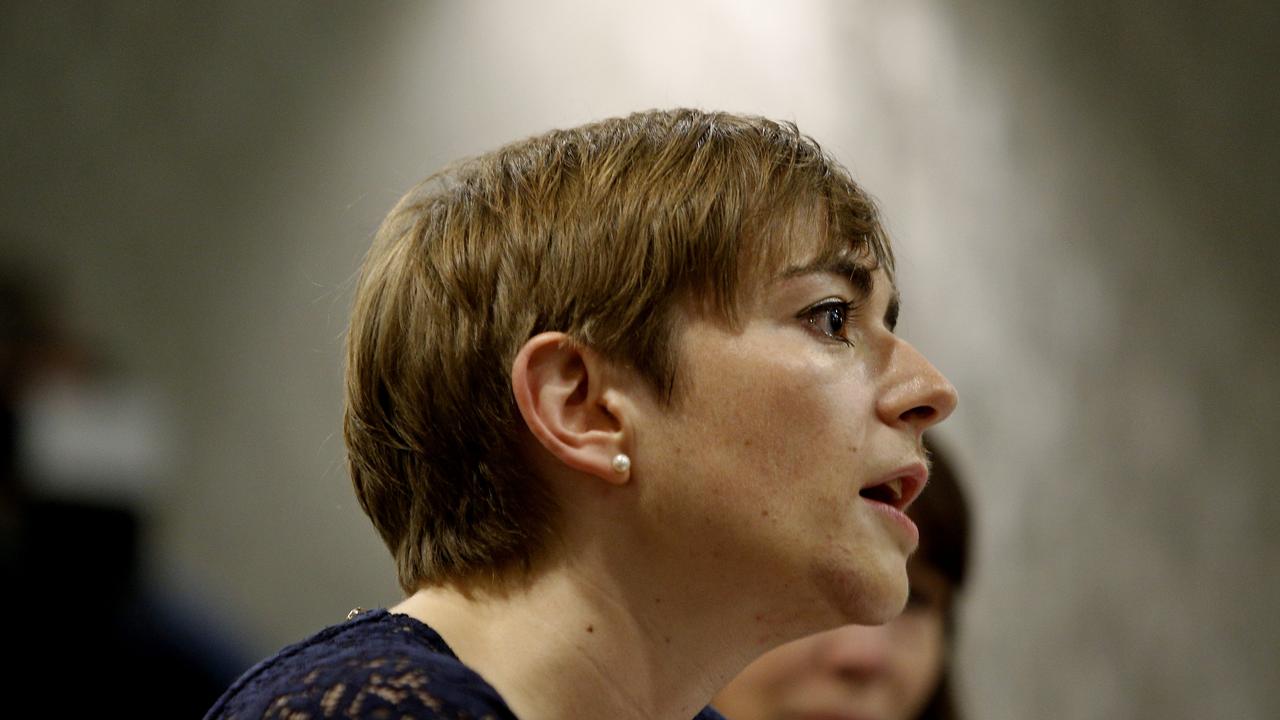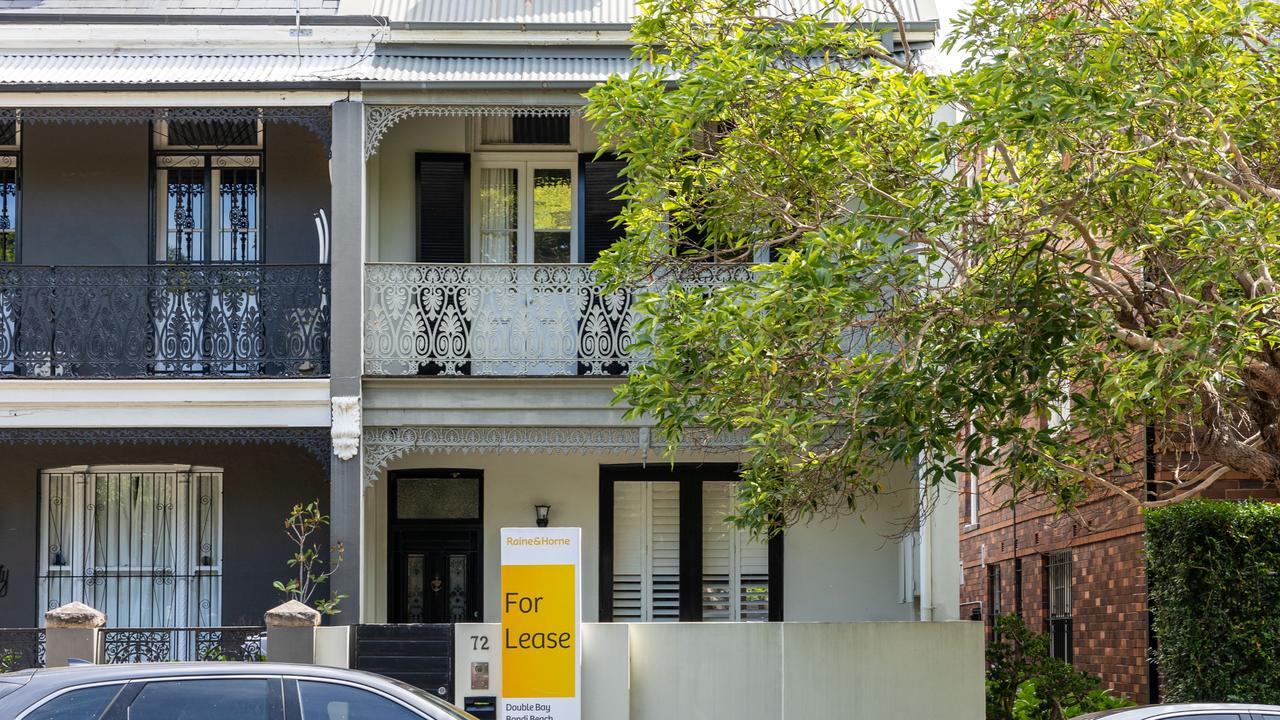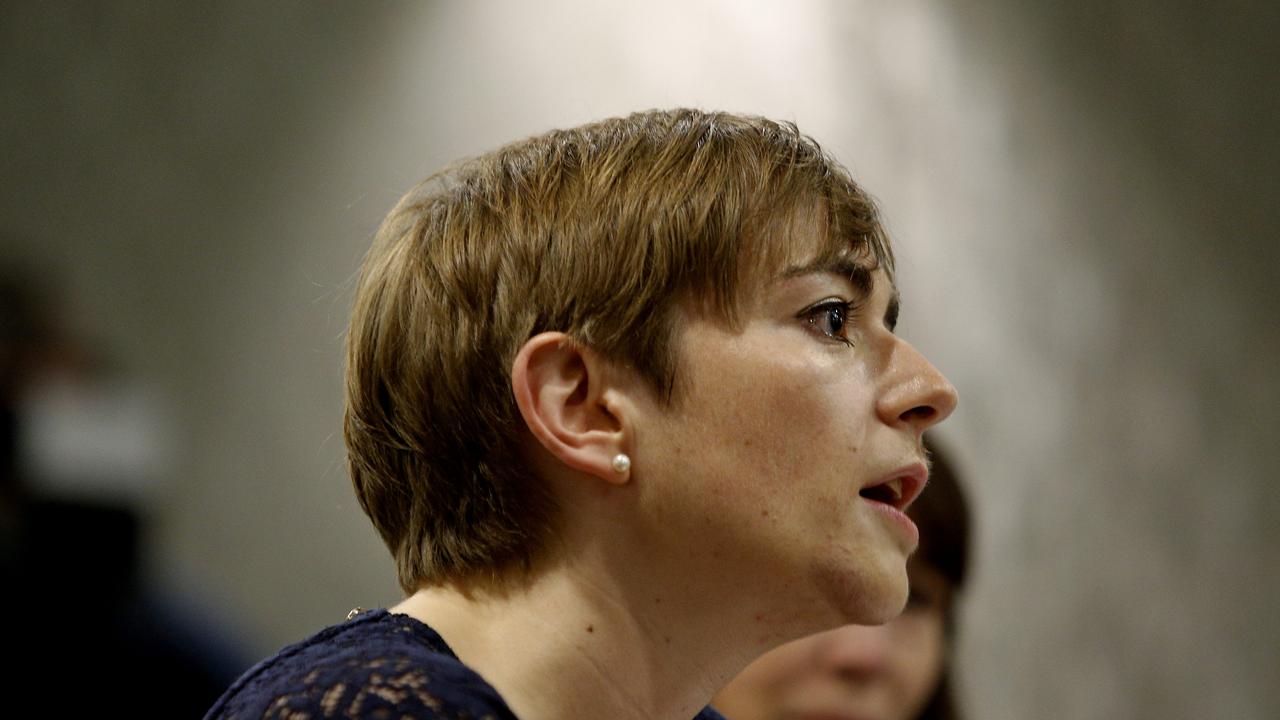RBA’s language continues to evolve in dovish direction
The Reserve Bank’s language has been much less hawkish since its August board meeting and that’s good news for homeowners struggling with the highest interest rates in over a decade.

The Reserve Bank continues to lay the groundwork for interest rate cuts which may start as soon as November if employment and inflation data this month come in weaker than expected.
In its latest dovish concession, RBA assistant governor (economic) Sarah Hunter told the Citi Australia and New Zealand Investment Conference that Australia’s inflation expectations have been surprisingly-well anchored during the recent period of high inflation after the Covid-19.
“And it’s a good news story with respect to expectations,” she said.
In order to cut interest rates before year end, the RBA board would probably need to see the unemployment rate rise above 4.2 per cent in Thursday’s labour force data for September. It would also need evidence that underlying “trimmed mean” CPI inflation is annualising at the top end of its 2-3 per cent target range. Official CPI data for the September quarter are due on October 30.
Money market pricing continues to imply a less than even chance of a rate cut decision by the RBA board at its December board meeting. A quarter per cent cut in the official cash rate – currently at a near 13-year high of 4.35 per cent – isn’t fully priced in until the April board meeting.
But Goldman Sachs said the assistant governor’s speech was “incrementally dovish” and “consistent” with a recent “pivot” by the RBA away from its discussion in August of a potential need to restart rate hikes and its guidance that interest rate cuts in the short-term were “unlikely”.
“For the RBA, we expect an easing cycle to commence in February 2025, but view the balance of risks as firmly skewed towards an earlier start in late 2024,” said Goldman Sachs Australia chief economist, Andrew Boak.

In its August Statement on Monetary Policy, the RBA saw “a risk that a sustained period of inflation being above the target range could result in inflation expectations drifting higher.”
“History suggests that if inflation expectations do rise above the target in this way, it would require more monetary policy tightening and a sustained and costly period of higher unemployment to lower inflation expectations and bring inflation back to target,” the RBA said at the time.
In June, RBA governor Michele Bullock said “we know that if high inflation becomes entrenched in the expectations of firms and households it would be more difficult and costly to reduce.”
When the RBA last hiked interest rates in November 2023, Ms Bullock said: “ … if high inflation were to become entrenched in people’s expectations, it would be much more costly to reduce later, involving even higher interest rates and a larger rise in unemployment.”
In Wednesday’s speech on “Inflation expectations – why they matter and how they are formed”, Ms Hunter appeared to sound an all-clear on the risk of inflation expectations becoming “de-anchored”.
While consistent with recent RBA commentary that long-term inflation expectations in Australia are “anchored”, he observations about short-term inflation expectations could fuel expectations that the central bank shifting its narrative in preparation for interest rate cut.
In Wednesday’s speech, Ms Hunter said that the RBA’s inflation expectations model had predicted short-term inflation expectations would remain “higher for longer”.
However, the RBA is “not currently concerned that expectations could become de-anchored in the near term”. This was quite a shift in the RBA narrative that prevailed until August.
“While inflation was rising, expectations were evolving in-line with the model’s output,” Ms Hunter explained. “But the model suggested that the turning point in expectations would come later.
“So expectations are currently lower than our models thought would be the case.”
The model “missed the turning point” (downward) in short-term inflation expectations because “unions and households have been extrapolating less from the recent high inflation outcomes.”
“The model attributes part of this to an increase in the share of people who take on board forward-looking information, from around one-quarter to over two-thirds for unions,” Ms Hunter said.

Importantly for the monetary policy outlook, she said short-term inflation expectations “appear to be converging towards long-term expectations” which “remained anchored through the recent past”. And there’s “no evidence of inflation expectations being more persistent than normal.”
“There’s even some evidence of households and unions extrapolating less from recent inflation, at least during the period of higher inflation,” Hunter added.
She said policy makers “need to be mindful of certain prices that may be particularly ‘salient’ for households.
“But such prices work in both directions, and recently have been working to bring expectations down faster.”
NAB this week brought forward the timing of the first RBA interest rate cut that it expects to February from May. Most economists expect rate cuts to get underway in the first half of 2025.
Originally published as RBA’s language continues to evolve in dovish direction







